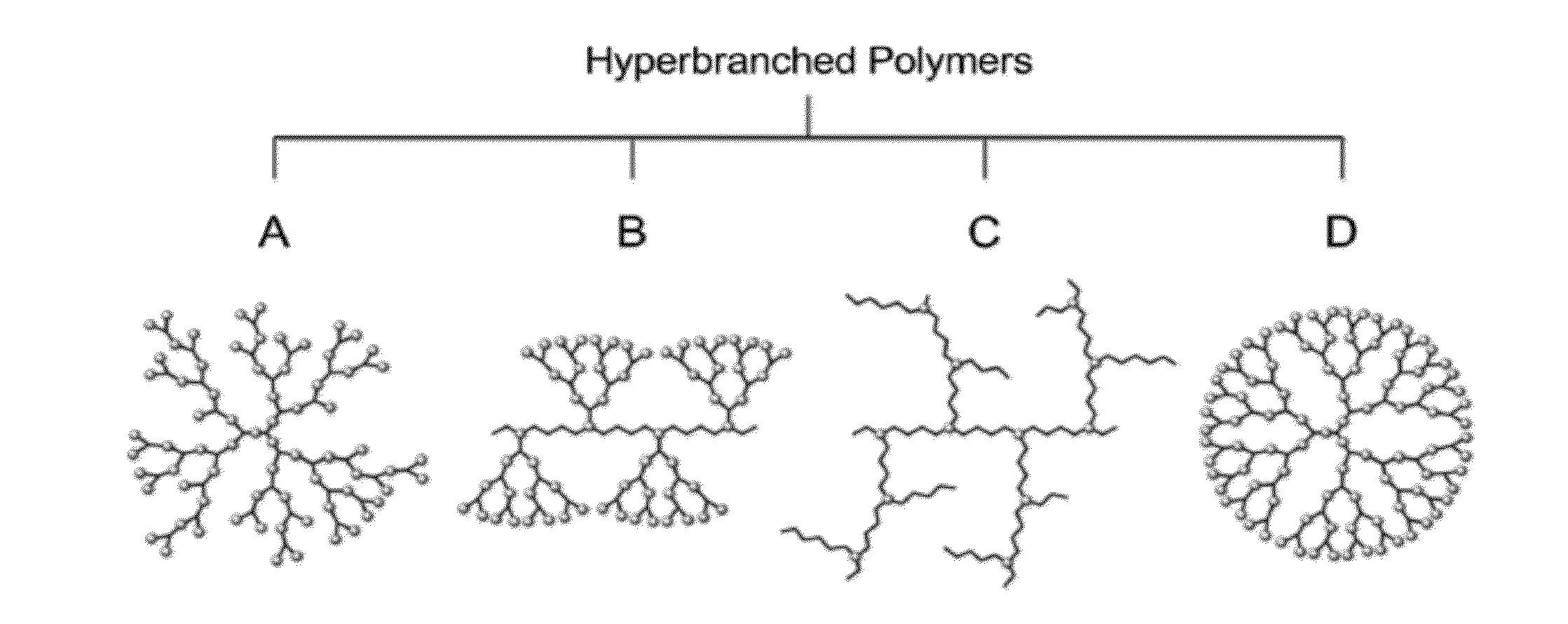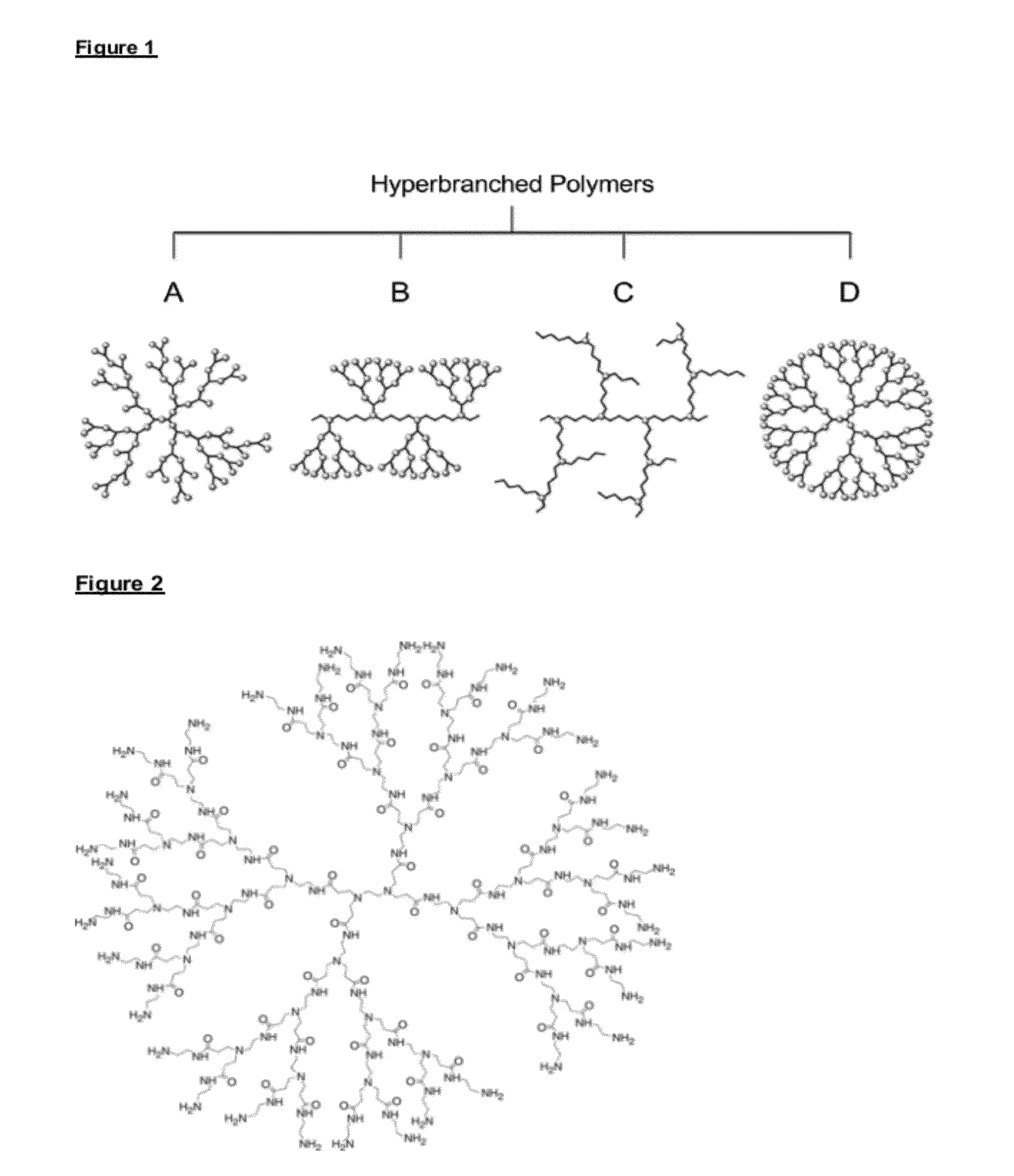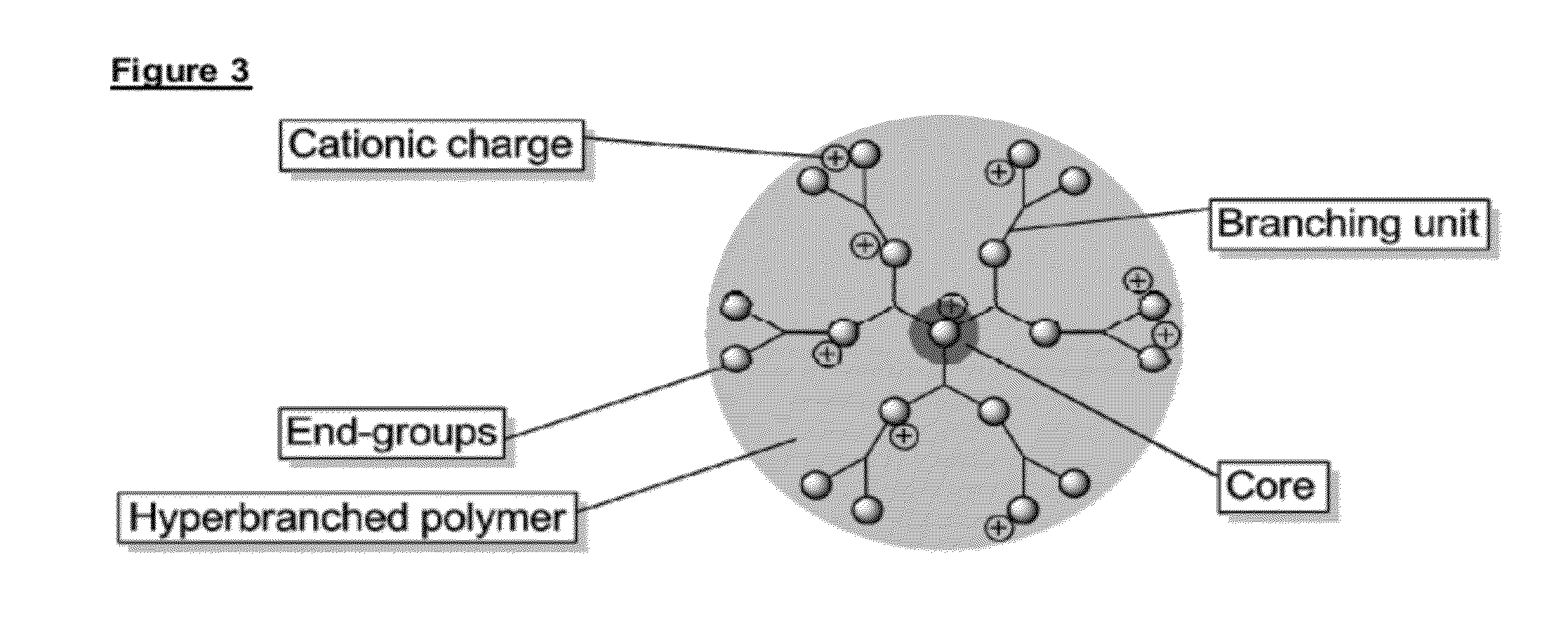Immobilised biological entities
a technology of biological entities and immobilised bodies, which is applied in the direction of drug compositions, pharmaceutical packaging, packaging, etc., can solve the problems of serious side effects, lack of non-thrombogenic function, and need for systemic heparinisation of patients,
- Summary
- Abstract
- Description
- Claims
- Application Information
AI Technical Summary
Benefits of technology
Problems solved by technology
Method used
Image
Examples
example 1
Preparation of Underlayer
Example 1.1
Preparation of Underlayer Comprising Lupasol® SN
[0283]A PVC surface was pretreated using the method described by Larm et al in EP-B-0086186 and EP-495820 (layer-by-layer; polyelectrolyte charge interactions) ending with a layer of sulfated polysaccharide.
[0284]The luminal surface of a PVC tubing (I.D. 3 mm) was cleaned with isopropanol and an oxidizing agent. The priming was built-up by alternated adsorption of a positively charged polyamine (Lupasol® SN, 5 wt % in water) and negatively charged sulfated polysaccharide (dextran sulfate, 6 wt % in water). The polyamine was crosslinked with a difunctional aldehyde (crotonaldehyde). Every pair of polyamine and sulfated polysaccharide is called one bilayer. The PVC surface was primed with 3 bilayers ending with the sulfated polysaccharide.
example 1.2
Preparation of Underlayer Comprising Lupasol® WF
[0285]A PVC surface was pretreated using the method described by Larm et al in EP-B-0086186 and EP-495820 (layer-by-layer; polyelectrolyte charge interactions) ending with a layer of sulfated polysaccharide.
[0286]The luminal surface of a PVC tubing (I.D. 3 mm) was cleaned with isopropanol and an oxidizing agent. The priming was built-up by alternated adsorption of a positively charged polyamine (Lupasol® WF, 5 wt % in water) and negatively charged sulfated polysaccharide (dextran sulfate, 6 wt % in water). The polyamine was crosslinked with a difunctional aldehyde (crotonaldehyde). Every pair of polyamine and sulfated polysaccharide is called one bilayer. The PVC surface was primed with 3 bilayers ending with the sulfated polysaccharide.
example 1.3
Preparation of Underlayer Comprising PAMAM-G6.0-Nh2 Dendrimer
[0287]Quartz Crystal Microbalance (QCM) crystals covered with gold (QSX 301, Q-Sense) were coated according to Example 1.1 using 5 wt % in MeOH PAMAM-G6.0-NH2 (1 mL / L) to obtain a 3 bilayer coating consisting of alternatively layers of PAMAM-G6.0-NH2 and a sulfated polysaccharide (6 wt % in water). The polyamine was crosslinked with a difunctional aldehyde (crotonaldehyde). A 2 min water rinse is conducted in between each adsorption step. The gold surface was primed with 3 bilayers ending with the sulfated polysaccharide.
PUM
| Property | Measurement | Unit |
|---|---|---|
| molecular weight | aaaaa | aaaaa |
| molecular weight | aaaaa | aaaaa |
| molecular weight | aaaaa | aaaaa |
Abstract
Description
Claims
Application Information
 Login to View More
Login to View More - R&D
- Intellectual Property
- Life Sciences
- Materials
- Tech Scout
- Unparalleled Data Quality
- Higher Quality Content
- 60% Fewer Hallucinations
Browse by: Latest US Patents, China's latest patents, Technical Efficacy Thesaurus, Application Domain, Technology Topic, Popular Technical Reports.
© 2025 PatSnap. All rights reserved.Legal|Privacy policy|Modern Slavery Act Transparency Statement|Sitemap|About US| Contact US: help@patsnap.com



